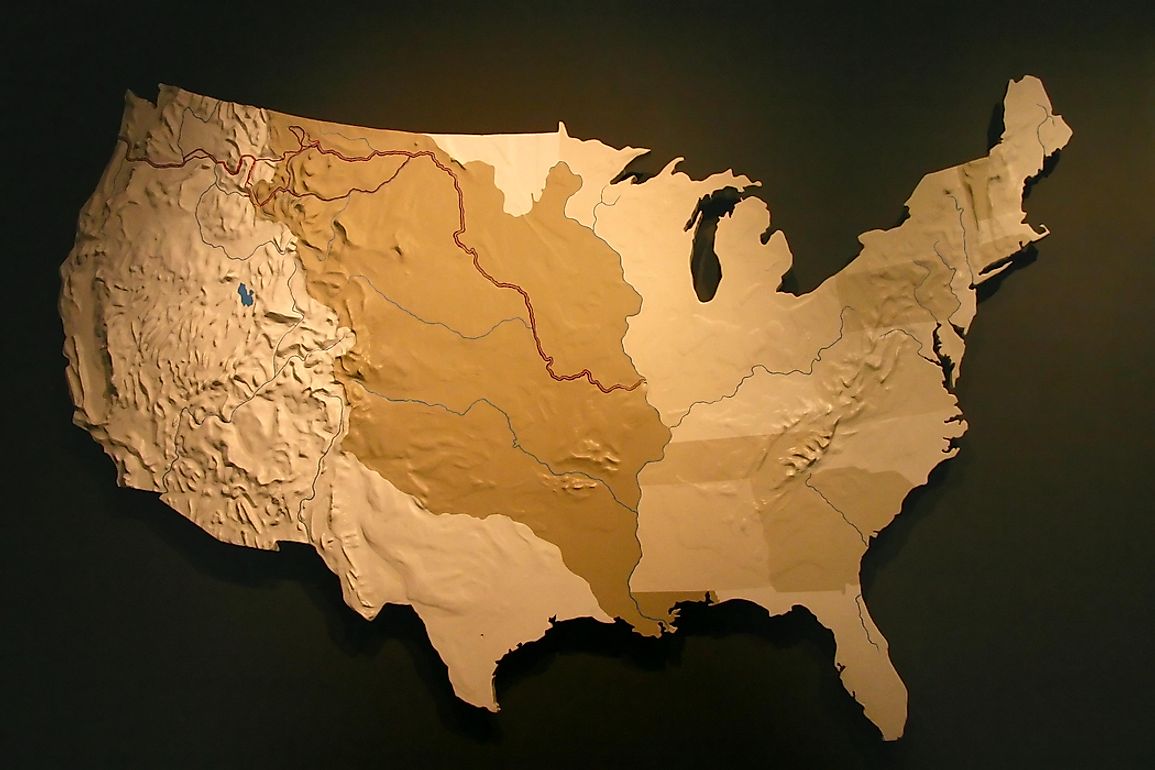How Did the Louisiana Purchase Affect the United States?

What Was the Louisiana Purchase?
Louisiana Purchase was a historic event that involved the purchase of Louisiana Territory from France by the US. The land purchased had an area of about 828,000 square miles. The purchase happened in the year 1803. Thomas Jefferson, the President of the United States (US) at that time, played the leading role in purchasing the land that helped double the size of the US. The purchase also led to the formation of several new US states. Fifteen US states had their territories located partly or completely within the purchased land area. A small part of present-day Canada was also included in the Louisiana Territory. The Louisiana Purchase is regarded to be one of the most significant achievements of Jefferson during his presidency in the US.
What Led to the Louisiana Purchase?
The Louisiana Territory stretched east to west from the Mississippi River to the Rocky Mountains. In the north to south direction, the territory extended between the Canadian border and the Gulf of Mexico. France owned this entire territory. The area included the port at New Orleans which was a strategic port in the region. France was at that time led by Napoleon Bonaparte and the American government feared that under the leadership of their able ruler, the French might dominate the Mississippi River and limit the access of Americans to the Gulf of Mexico. Thus, Jefferson sent representatives of the US to France to strike a deal for the purchase of New Orleans, and if possible, the Mississippi River’s west bank. However, to their surprise, they got more than they had originally asked for, albeit at a higher price.
The swift negotiations led to the US paying $11,250,000 to France and a debt cancellation of $3,750,000 to gain control of the Louisiana Territory. The treat of the purchase and handover of the Louisiana Territory was dated April 30, 1803, and signed on May 2 of the same year. The US Senate ratified the purchase in October and in 1803, the transfer of authority from France to the US was complete.
It is believed that several factors acted in unison to influence the decision of Napoleon to offer Louisiana to the US for sale. The factors include the inability of France to suppress the Haitian slave revolution, the possibility of a war with Great Britain and a British naval blockade, and also internal economic problems.
Legacy of the Louisiana Purchase
The US we see today would not have been possible without the addition of the massive Louisiana Territory. The purchase of this land was followed immediately by the expansion of America into previously unknown territories westward. In 1804, a territorial government was established in the area. Jefferson soon commissioned an expedition named the Lewis and Clark Expedition to explore the newly acquired territory. On April 30, 1812, the US state of Louisiana was established. It became the country’s 18th state and the first one to be created from land acquired by the Louisiana Purchase. The US also gained control of the New Orleans port city and the Mississippi River, both important for supporting trade and industrialization of the region.











